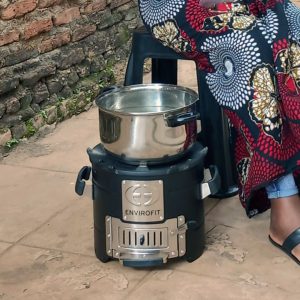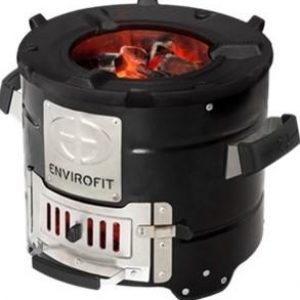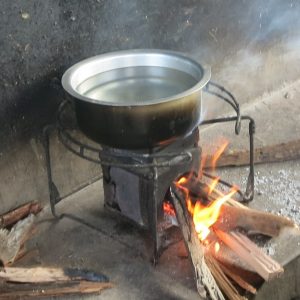Why Charcoal Stoves?
Efficient charcoal stoves have a much lower emission of toxic gasses compared to efficient wood stoves.
Due to its much lower calorific value and its lower bulk -density the transport costs of wood are a factor 3-4 higher than the transport costs of charcoal.
- Insulated and firebox adapted to the pot-size: all heat is going to the pot.
- Lightweight thus can be easily moved around during cooking.
- Optimized combustion thus low emission of toxic gasses.
“As long as there is no alternative and people in the urban have to cook on charcoal and the people in the rural area have to rely on wood we have the obligation to provide them with the most effective wood and charcoal cookstoves. Envirofit stoves have been piloted in Malawi and are world-wide accepted.”




